What is Panchakarma? The Ancient Ayurvedic Art of Detoxification and Rejuvenation
Panchakarma is the heart of Ayurvedic healing—a time-tested and deeply restorative system of detoxification, purification, and rejuvenation that has been practiced in India for over 5,000 years. The word Panchakarma means "five actions" or "five treatments" in Sanskrit, referring to the five powerful elimination therapies that cleanse the body of accumulated toxins (ama) and restore optimal balance to the doshas—Vata, Pitta, and Kapha.
This comprehensive and personalized approach to healing is unlike any modern detox. Panchakarma doesn’t just target physical symptoms—it works on all levels: physical, emotional, mental, and spiritual. It supports the elimination of deep-seated impurities while restoring the body’s natural intelligence and regenerative capacity.
Why Choose Panchakarma?
In today's world of overstimulation, environmental pollutants, poor dietary habits, and chronic stress, toxins accumulate in the body and mind. According to Ayurveda, this build-up of ama is the root cause of many diseases, premature aging, digestive issues, fatigue, anxiety, and hormonal imbalances.
Panchakarma treatment is designed to:
Remove toxins from the digestive tract, tissues, and mind
Balance the doshas and strengthen the immune system
Reignite Agni, the digestive fire, essential for nutrient absorption and vitality
Slow the aging process by supporting cellular rejuvenation
Enhance clarity of mind, emotional stability, and energy levels
Prevent disease and support the body's innate healing capacity
What Does a Panchakarma Program Include?
A course of Panchakarma treatment typically lasts between 5 to 21 days, depending on your constitution (prakruti), current imbalance (vikruti), and health goals. It is ideally done under the guidance of a skilled Ayurvedic practitioner in a retreat or clinical setting.
Personalized Ayurvedic Assessment: Your journey begins with an in-depth consultation to understand your unique constitution and imbalances. A customized protocol is developed to meet your needs.
Preparatory Phase (Purva Karma): This includes internal oleation (snehana) with medicated ghee and external oleation (abhyanga)—warm herbal oil massage—followed by svedana, therapeutic sweating. These processes loosen toxins and guide them toward the digestive tract.
Elimination Therapies (Panchakarma Proper): The five classic cleansing techniques may include:
Vamana (therapeutic emesis) – cleansing of the upper digestive tract (rarely used)
Virechana (purgation therapy) – clears the liver, gallbladder, and small intestine
Basti (medicated enemas) – deeply nourishes and cleanses the colon
Nasya (nasal therapy) – clears the sinuses and mind
Raktamokshana (bloodletting) – a specialized therapy to cleanse the blood (less common today)
Rejuvenation Phase (Rasayana): After detoxification, the body is ready to receive deep nourishment. Rasayana includes special herbs, tonics, therapeutic diets, and daily rituals to rebuild vitality, immunity (ojas), and resilience.
What Makes Panchakarma Unique?
Unlike generalized detoxes or quick-fix cleanses, Panchakarma is:
Tailored to you – no two Panchakarma treatments are alike
Rooted in time-tested science – based on classical Ayurvedic texts
Holistic in nature – addressing mind, body, and spirit simultaneously
Lasting in its effects – supporting long-term balance and disease prevention
It is particularly effective for chronic fatigue, autoimmune disorders, skin conditions, anxiety, infertility, hormonal imbalances, arthritis, digestive disorders, and lifestyle-related conditions. However, it is also used preventatively by healthy individuals to maintain vitality, immunity, and clarity.
Is Panchakarma Right for You?
Panchakarma is suitable for nearly everyone, though it is best undertaken with the supervision of a qualified Ayurvedic doctor or Panchakarma specialist. It is especially helpful during seasonal transitions, after periods of stress, or when you feel out of balance physically or emotionally.
Experience Panchakarma at Purusha Ayurveda
At Purusha Ayurveda Panchakarma and Wellness Sanctuary, we offer authentic, in-depth Panchakarma programs in the heart of nature. Each journey is crafted with care, using traditional therapies, organic herbs, and personalized attention to support your return to vibrant health.
If you're ready to experience deep renewal and come home to your true nature, a Panchakarma retreat may be your next step. Request a Reservation, or visit our Panchakarma Retreat page to learn more about upcoming openings.
Visit our Panchakarma FAQ’s.
Disclaimer
The sole purpose of these articles is to provide information about the tradition of Ayurveda. This information is not intended for use in the diagnosis, treatment, cure, or prevention of any disease.




